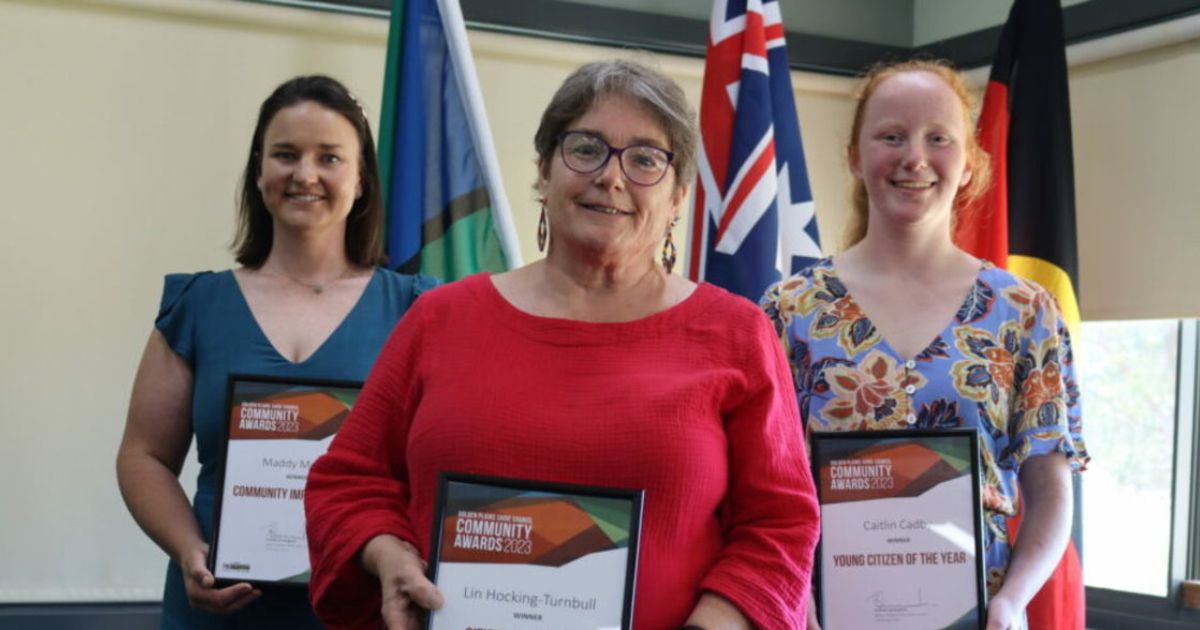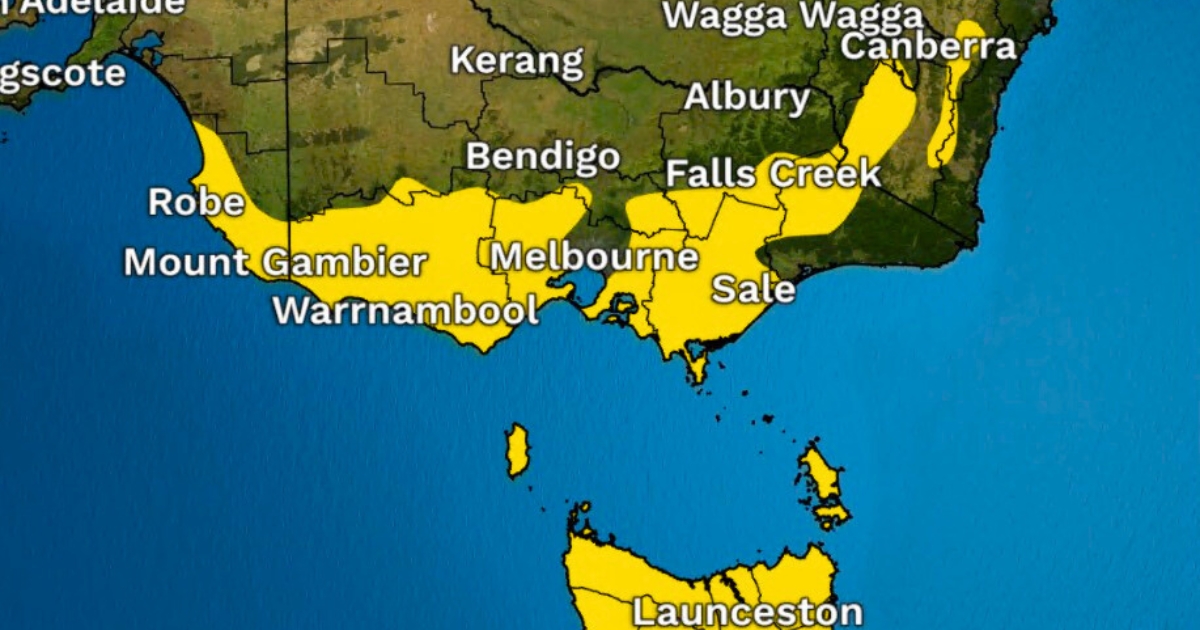Farming key to zero emission target

How now?: Animals, along with fertilisers and fuel, are some of the biggest contributors to carbon emissions in the agriculture sector. Photo: FILE
IF the region is going to achieve the goal of reaching zero net carbon emissions by 2050, the agricultural and horticultural sectors are going to have to be part of the solution.
That’s according to the Grampians New Energy Taskforce’s Roadmap to Net Zero Emissions, or R2Z, document.
“What’s really interesting is the opportunity this roadmap has uncovered in the agricultural sector,” said GNET chair Stuart Benjamin.
“The sector is by far the largest emitter, but also has the largest capacity to turn around that position.”
With 78 per cent of the land in Grampians Region used by either agriculture or forestry, both sectors have a large role to play in reaching a zero net carbon emissions goal.
Many may of the greenhouse gasses released by farming are a result of animals, fertilisers and fuel used to run plant and machinery.
Executive director Wimmera Development Association Chris Sounness said farmers have long played a role in innovative, progressive and environmentally sustainable practices.
“Farmers in the region have already led the way with their adoption of no-till farming and cropping with one pass, practices that boost productivity, reduce costs and also reduce emissions by using less fuel and fertiliser,” he said.
The R2Z document says that with State and Federal government support the agriculture sector could reduce current carbon emissions by 160 per cent by 2050.
That opportunity, to help other high-polluting sectors offset their impact, is something Mr Sounness said farmers in the Western District are well positioned to do and there were many ways to do it.
“The Grampians region can achieve three quarters of the zero emissions target by 2050 by local action alone,” he said. “Local agriculture can contribute over half of that reduction through new approaches such as mosaic farming and soil carbon capture to increase the region’s carbon drawdown.
“The agriculture backbone of this region offers significant potential to increase carbon drawdown in the region.
“With the right policy settings in place, farmers will see the economic benefits of implementing these changes and the region will enjoy the environmental benefits.”
Mr Benjamin said opportunities to add value to farm products here, as opposed to sending them away for processing, would not only reduce emissions from transport, it would also add value and mean employment opportunities.
“Rather than producing goods in large quantities that we then ship off to other places, one of the opportunities is to part-process them locally,” he said.
“It’s much more efficient, much less transport costs and the impacts that come with that, but also that creates jobs in our regional areas.”
GNET’s Roadmap to Zero Emissions for the Grampians Region was released in late May and proposes a plan for reaching zero net carbon emissions by 2050.
The document suggests different routes to achieving the goal and was put together as a how-to template for local governments, industries and individuals.
GNET covers municipal areas from Moorabool Shire to the South Australian boarder and includes stakeholders from all levels of government as well as industry and commerce, the education sector and community groups.
Read the full road map at gnet.org.au.


















